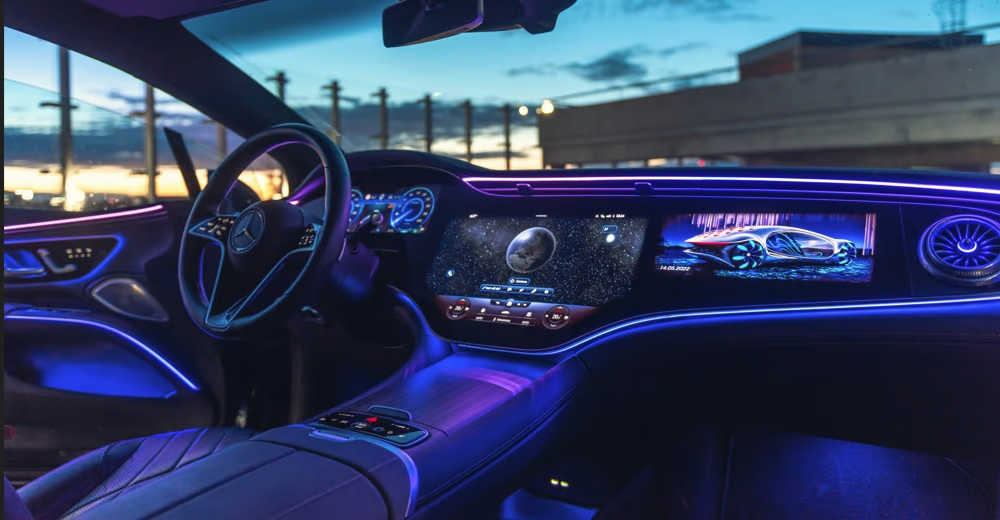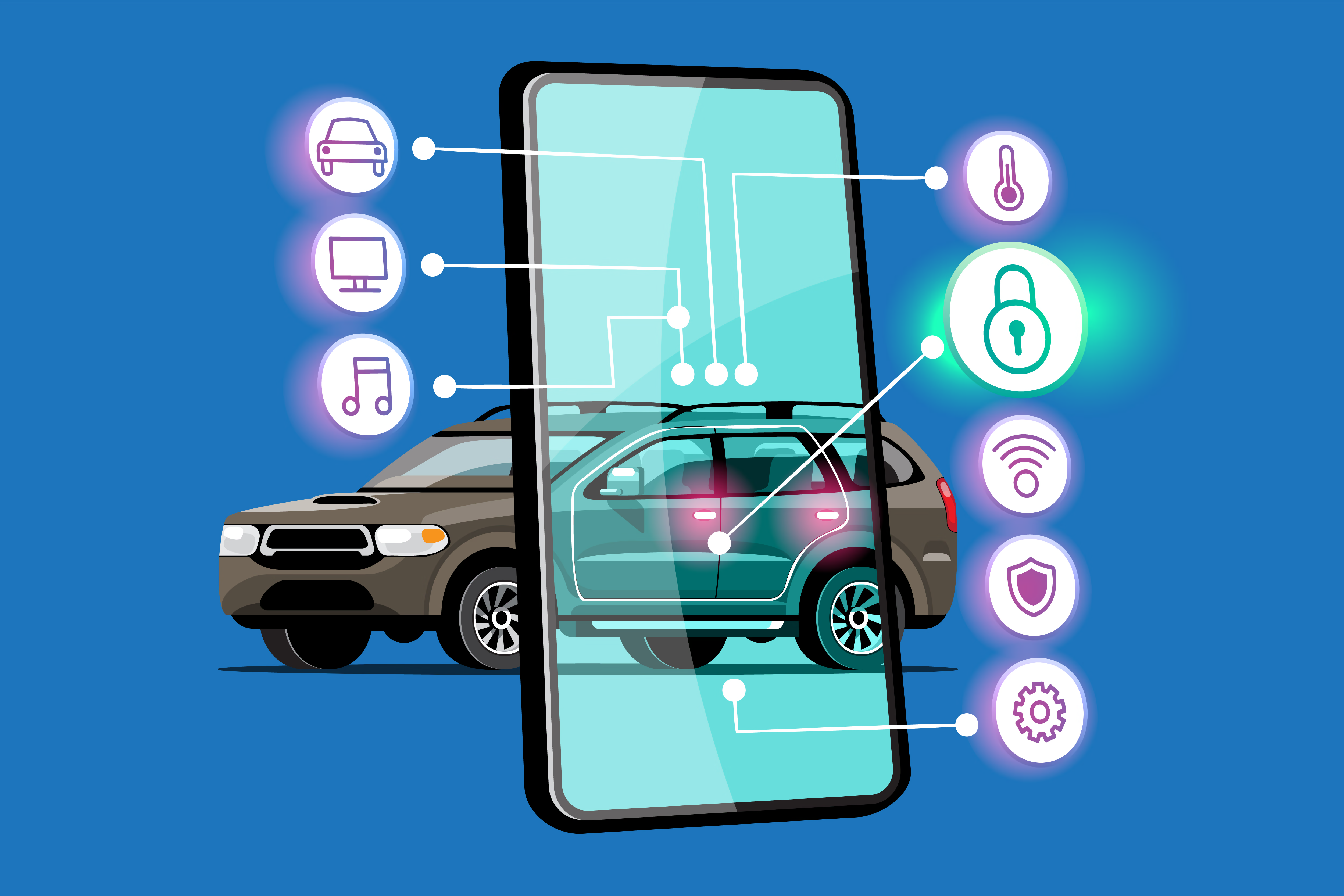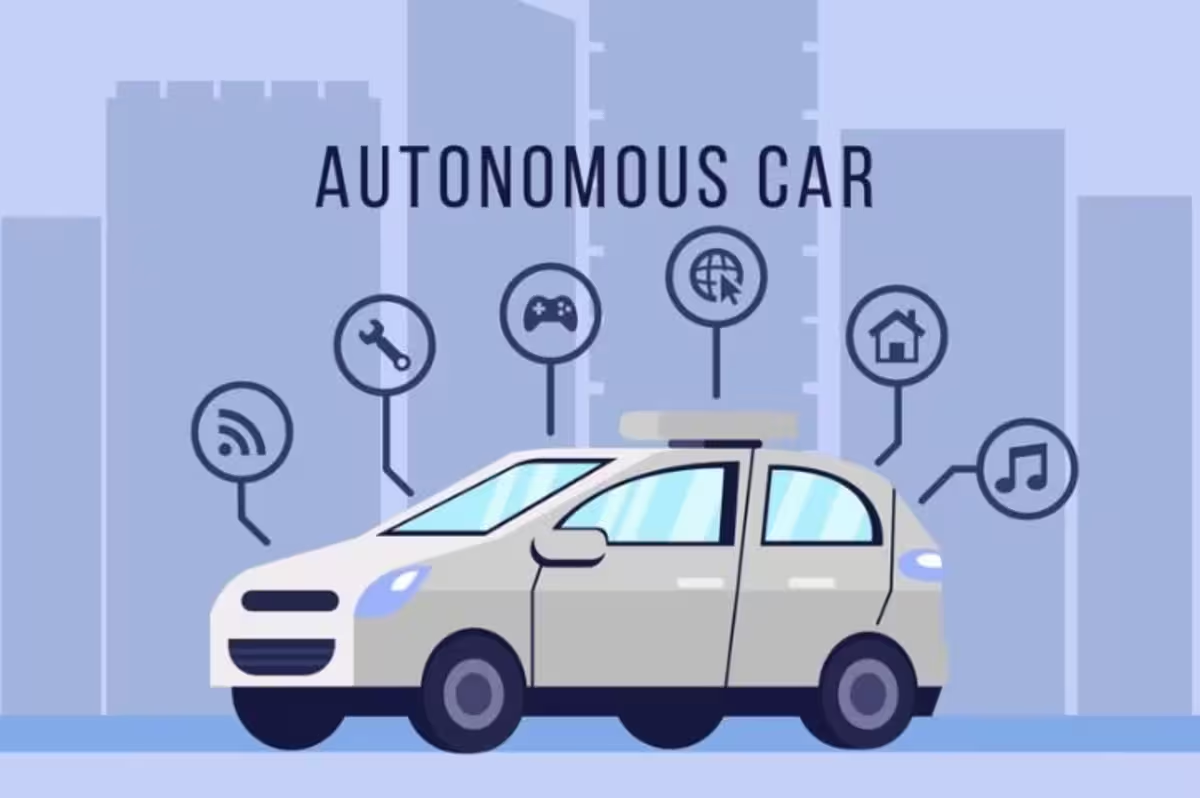Why OEMs Are Pouring Money into Software and E/E, and Why It’s So Hard
What changed: the car is a software product
Cars are turning into software. That single shift explains why E/E (electrical/electronic) architecture has moved from a back-office topic to center stage. Open a modern vehicle and you don’t just see engines and suspensions; you see computers. Many models ship with 100M+ lines of code and dozens—sometimes more than a hundred—ECUs. Features customers notice most now arrive as software: driver assistance, infotainment and apps, comfort personalizations, energy optimization, and cloud services. Revenue is following the same path, moving from a one-time sale to a multi-year stream of updates and services.
Electrification adds momentum. Batteries, thermal systems, power electronics, and energy management all increase the software and silicon content of the car. Meanwhile, ADAS and higher-automation features need serious compute and fast, reliable networking to fuse sensors and make decisions. Older, highly distributed E/E setups struggle to keep up with that demand. In short: value, differentiation, and even brand perception are now closely tied to code, compute, and connectivity.
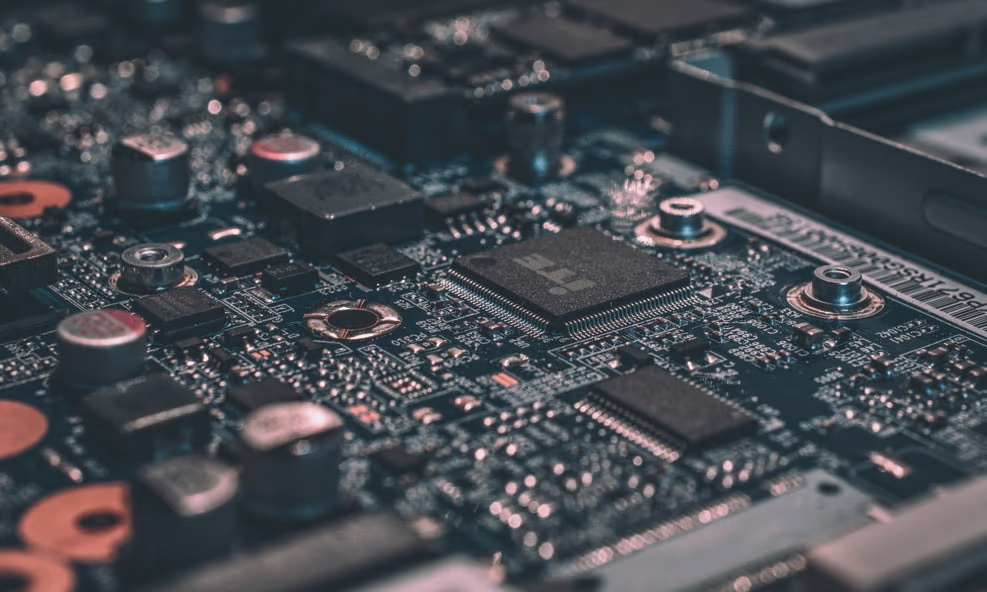
The architecture OEMs are building
Across the industry, programs are moving from many stand-alone ECUs to zonal + centralized designs:
- Zonal controllers sit around the vehicle, close to sensors and actuators, to handle local tasks and bundle traffic.
- A high-speed Ethernet backbone connects zones to one or a few central computers (SoCs/GPUs/NPUs) that run the heavy software.
- Software moves toward service-oriented patterns so features can be mixed, matched, and updated consistently across trims and model years.
Why this pattern shows up again and again:
- Less hardware sprawl. Consolidation cuts duplicate ECUs and reduces bespoke variants.
- Simpler software. Fewer integration surfaces and clearer interfaces mean more predictable delivery.
- Shorter, lighter harnesses. Zonalization reduces copper length and assembly effort—important for EV range and factory efficiency.
- OTA at scale. A stable compute base and modern networking make large, secure over-the-air campaigns realistic.
Quick explainer: Automotive Ethernet (10BASE-T1S, 100/1000BASE-T1) provides bandwidth; TSN (time-sensitive networking) and 802.1AS add timing and quality-of-service so safety-critical messages arrive on time. On the software side, AUTOSAR Classic continues to run hard real-time tasks, while AUTOSAR Adaptive or POSIX-grade OSs host service-oriented apps, often isolated by a hypervisor.
Why it’s hard (and why it’s expensive)
1. Technology and engineering
- Whole-car remapping. Moving from distributed → domain → zonal touches power delivery, communications, boot timing, diagnostics, security, and safety assumptions. It’s not a drop-in change.
- Real-time over Ethernet. Safety functions need bounded latency and jitter—driving TSN scheduling, time sync, and end-to-end verification.
- Thermals and power. Central compute draws more power and heat; packaging, cooling, and 12V/48V distribution are being rethought.
- Harness redesign. Re-topologizing wiring saves weight later but requires upfront engineering, supplier retooling, and new plant instructions.
- Mixed-criticality. Infotainment and safety controls now share compute; isolation via hypervisors and safety-certified kernels is essential.
2. Software tooling, testing, and compliance
- Automotive-grade CI/CD. Model-based development and large MIL/SIL/HIL farms to manage complexity and regression.
- Validation grows fast. Centralization increases blast radius; scenario counts and fault-injection coverage expand across trims and regions.
- Cyber + safety together. ISO 26262 and ISO/SAE 21434 are designed-in and traced end-to-end; every OTA campaign re-exposes audits under UN R155 (CSMS) and R156 (SUMS).
3. Supply chain and silicon
- Chip realities. Shortages exposed fragility; programs adopt multi-sourcing and buffers while nodes, memory, and AI accelerators keep moving.
- Automotive-grade AI at scale. Securing high-speed PHYs and advanced compute with long-term guarantees stretches procurement and engineering budgets.
4. Organization and talent
- New muscles. Roles now include product managers, DevOps, and SRE for vehicles.
- Talent scarcity. Embedded, safety, and cybersecurity expertise is scarce and premium.
- Ways of working. Hardware stage-gates must coexist with agile software release trains—without compromising quality.
5. Economics and timing
- Costs arrive early; benefits later. Savings from consolidation and harness reductions land after launch; investment peaks now (compute, benches, cloud, teams).
- Interim hybrids. Domain + partial zonal setups blunt near-term savings but manage risk.
- Cloud opex. OTA, telemetry, and compliance add ongoing operating costs and new P&L planning.
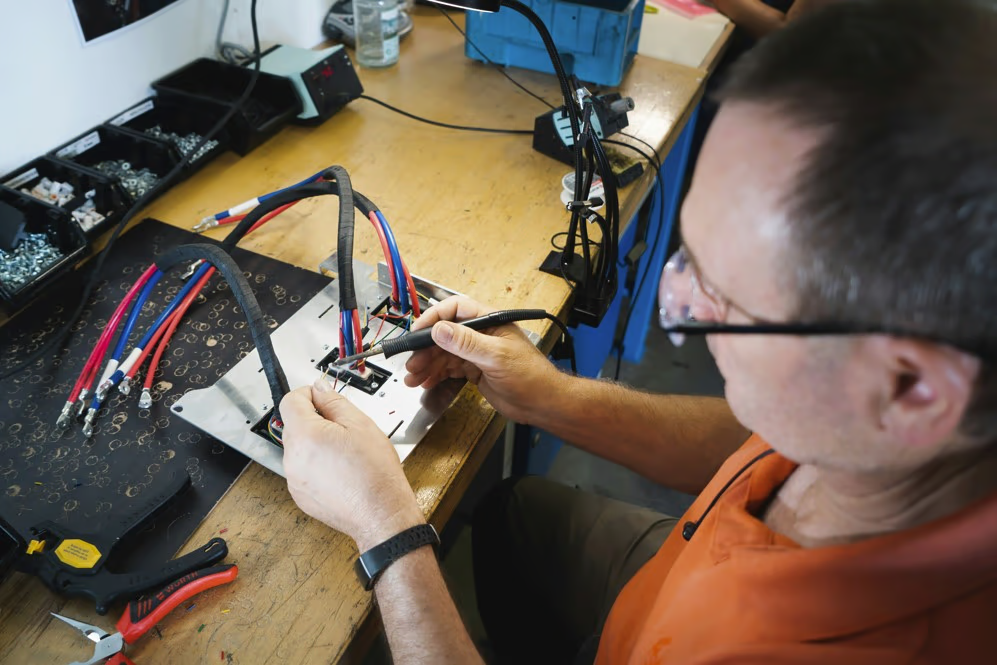
What’s visible in the market
- Resets and delays happen. High-profile software restructurings and slipped launches show how hard full-stack reinvention is.
- Incremental rollouts. Next-gen elements merge into current platforms to balance scope, timing, and cost.
- Deep chip partnerships. Standardizing on platform partners for centralized compute and driver-assistance stacks.
- Ecosystem gravity. Digital chassis offerings are common, especially for cockpit and ADAS.
- Wire harness wins. Zonal transitions have trimmed roughly 1–2 miles of wiring and dozens of pounds per vehicle.
- The prize is large. Silicon per vehicle and OTA-driven recall cost reductions are both scaling.
Summary Table: Key Insights
| Theme | Technological Focus | Business Impact |
|---|---|---|
| Zonalization | Zonal controllers; shorter, lighter harnesses; Ethernet links to central compute | Up to 60–70% harness reduction; weight & assembly savings; foundation for OTA |
| Centralized compute + Ethernet/TSN | SoCs/GPUs/NPUs; 100/1000BASE-T1; TSN/802.1AS; hypervisor isolation; AUTOSAR Classic + Adaptive | Enables sensor fusion, ADAS, and large-scale OTA with predictable timing |
| Tooling, testing & compliance | MIL/SIL/HIL farms; CI/CD; ISO 26262 & ISO/SAE 21434; UN R155/R156 | Controls integration risk; audit-ready OTA; higher upfront investment |
| Org & talent | Product management; DevOps/SRE for vehicles; hardware stage-gates + agile software trains | Faster delivery when staffed; safety/cyber talent scarcity raises costs |
| Economics & timing | Interim domain→zonal hybrids; thermal/power redesign; ongoing cloud opex | Benefits accrue post-launch; early capex/opex spike; recall cost reduction via OTA |
| Platform mindset | Platform governance; partner ecosystem; developer experience; lifecycle P&L | Sustained feature velocity; reuse across trims/models; improved ROI |
The EV-Global Verdict
This isn’t a trend piece, it’s a description of how the industry is changing. As cars become software-defined, investment in E/E architecture explains itself: fewer boxes, smarter networks, and updatable software stacks that can carry features across the life of the vehicle. The path is bumpy, but the direction is clear.
